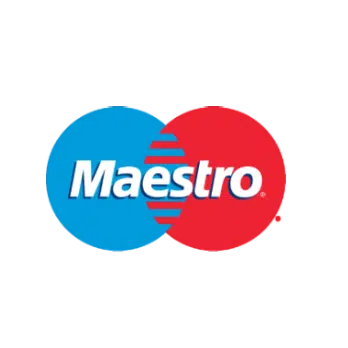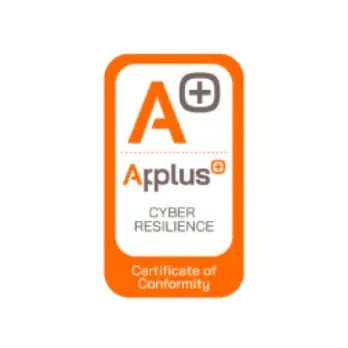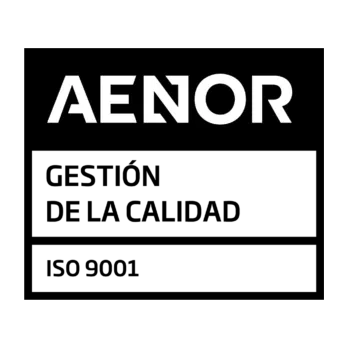The terms approval and certification are often used interchangeably when talking about safes and gun cabinets — but they mean very different things. At Arcas Gruber, we want to clarify these concepts to help users make informed decisions when purchasing a secure storage solution.
What Is Approval?
Approval (homologation) is the official acknowledgment by a regulatory body or administration that a product meets certain minimum technical requirements necessary for commercialization. It ensures that a product follows applicable safety and quality norms but does not necessarily involve third-party validation or testing by accredited institutions.
Some manufacturers can perform what’s known as self-approval based on internal testing reports and compliance with legal standards — but this does not equate to external certification.
What Is Certification?
Certification is a higher standard of security evaluation. It involves comprehensive testing by an independent, accredited entity that confirms the product meets strict criteria established in international or European regulations.
Certification bodies — such as AENOR in Spain — must themselves be accredited by ENAC (National Accreditation Entity). These entities ensure neutrality and competence when testing and certifying the product. To achieve certification, products must:
- Undergo a series of destructive and technical resistance tests
- Pass all required standards under conditions of attack
- Adapt design or functionality based on failed tests until requirements are met
Approval vs. Certification: Key Differences
| Aspect | Approval | Certification |
|---|---|---|
| Authority | Manufacturer or regulatory body | Independent accredited entity (e.g. AENOR) |
| Testing | May use internal reports | Based on rigorous physical testing |
| Validity | Complies with basic legal norms | Guarantees resistance and performance |
| Recognition | Limited legal compliance | Required for insurance and high-security uses |
Safe Certification Standards
Two main European standards define safe security:
EN 11450
Applies to lighter domestic safes with lower resistance levels. Two certification levels:
- S1: Basic home protection
- S2: Enhanced protection for documents and valuables
UNE EN 1143-1:2012
This standard applies to Euro Grade safes and classifies them into grades based on resistance against physical attacks:
- Grade I: For long gun storage
- Grade II: Suitable for homes and businesses
- Grade III: For short firearm storage and private security companies
- Grade IV: Ideal for jewelry stores, lottery shops, gas stations
- Grade V: For high-value assets in businesses
- Grades VI–IX: Maximum protection for institutional and high-risk environments
Arcas Gruber: Certified Security for Over a Century
At Arcas Gruber, we specialize in the manufacture of certified and approved safes. Our product range covers Grades I through IX under UNE EN 1143-1, offering some of the most secure and lightweight safes on the European market.
Our clients include banks, lottery operators, security firms, antique dealers, casinos, and private homeowners who trust in our engineering and official certifications for the protection of firearms, cash, and valuable items.
Conclusion
Approved safes may offer good baseline protection, but certified safes provide an independently verified guarantee of performance and resistance. Certification adds an extra level of security assurance, essential for professional or insured use.
Contact us today to find the certified safe that best suits your needs. With Arcas Gruber, you’re not just buying a safe — you’re investing in proven security.
















